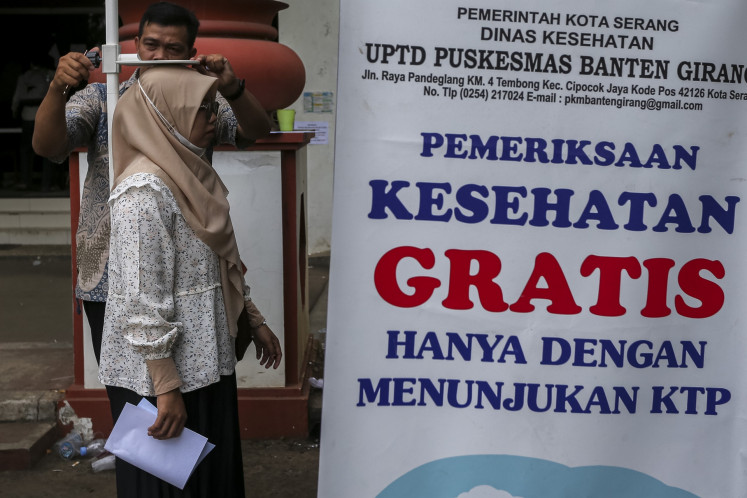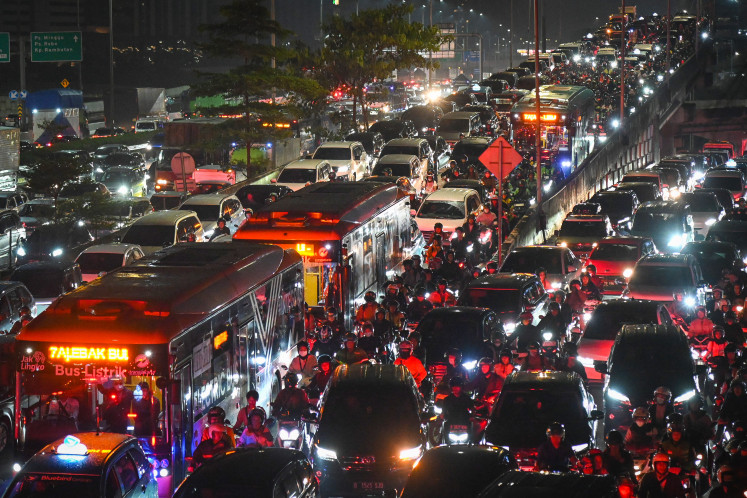Popular Reads
Top Results
Can't find what you're looking for?
View all search resultsPopular Reads
Top Results
Can't find what you're looking for?
View all search resultsPolitical will can cure new tuberculosis epidemic
In 2013, TB became a public health concern globally because of the emergence of multidrug-resistant tuberculosis (MDR).
Change text size
Gift Premium Articles
to Anyone
T
uberculosis (TB) has been a primary cause of deaths caused by infectious disease globally. Around 20 years ago, TB was declared a global emergency, followed by investment in the costly yet effective treatment of the disease. At the time, most strains of Mycobacterium tuberculosis were vulnerable to first-line TB drugs and drug resistance was not a major issue.
Today, however, the global fight to eradicate TB is at a critical crossroads. An emerging epidemic of multidrug-resistant tuberculosis (MDR) threatens to derail decades of progress.
In its 2013 Global Tuberculosis Report, the World Health Organization estimated that 5.7 percent of TB cases worldwide were resistant to isoniazid and rifampicin, the best known combination of antibiotic and anti-infective medication.
In 2013, TB became a public health concern globally because of the emergence of MDR. An estimated 630,000 cases of MDR occurred across 84 countries, mostly in densely populated Asian nations like China, India, the Philippines and Indonesia. As reported in 2016, in Indonesia, from the 322,806 TB cases recorded in 2014, 22,000 were MDR cases.


















